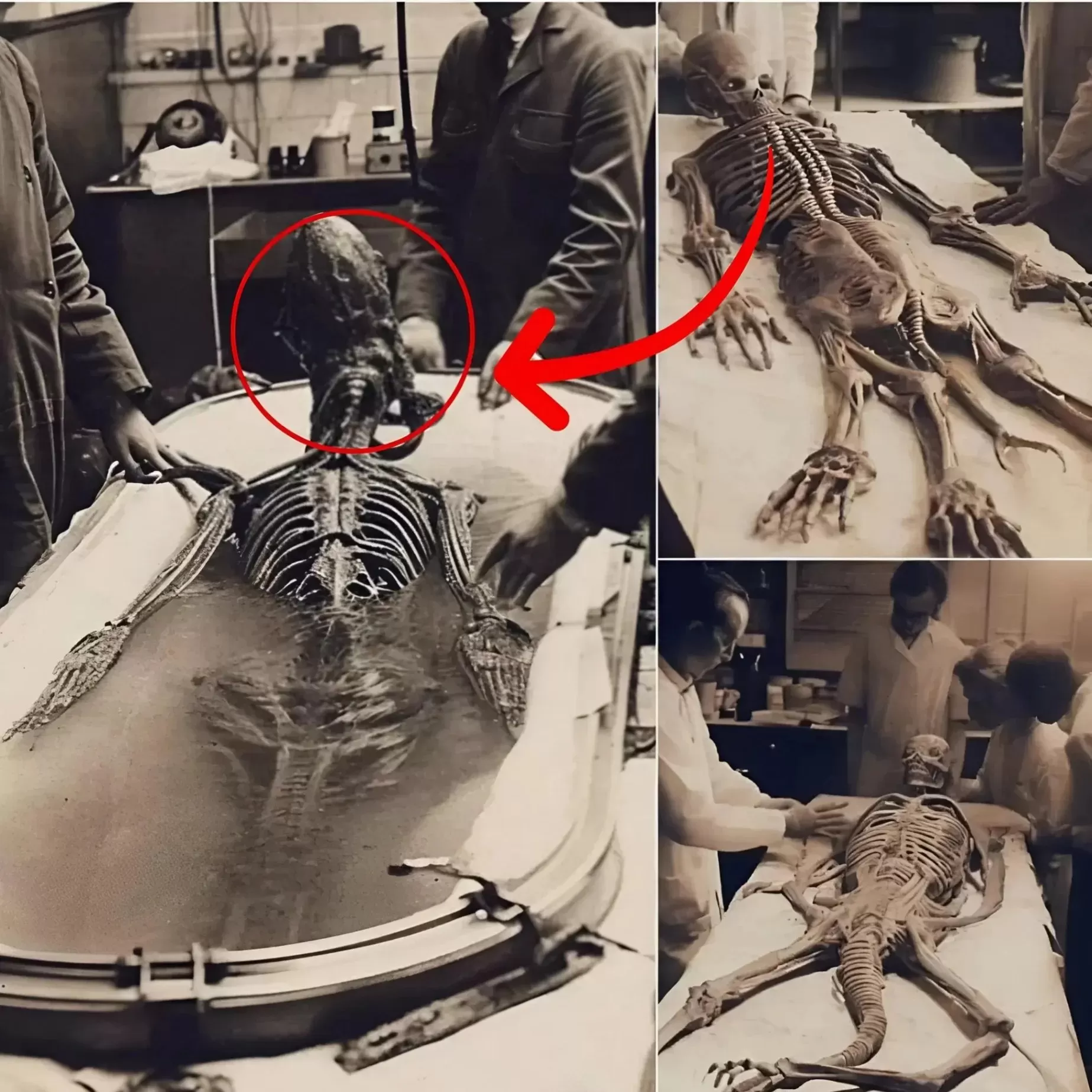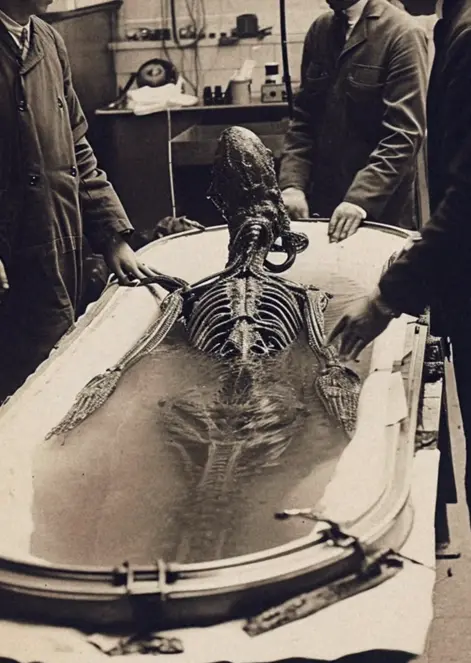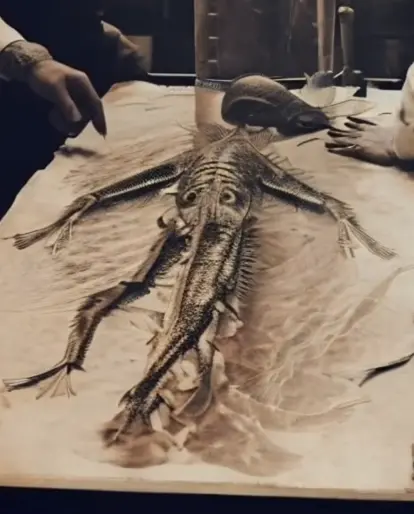“Very Scary” Thousands of Years Ago: The Emergence of Reptilian Creatures
The ancient world was home to a vast array of creatures, some of which continue to baffle scientists today. Among these are the reptilian species that emerged thousands of years ago, dominating ecosystems and shaping the evolutionary trajectory of countless other species. Their presence, described by researchers as both fascinating and terrifying, highlights the incredible adaptations that allowed them to thrive in various environments.

Fossil records suggest that reptilian creatures first appeared during the Carboniferous period, around 320 million years ago. These early reptiles evolved from amphibians, adapting to life on land through the development of tough, scaly skin and egg-laying abilities. Over time, they diversified into an astonishing variety of species, including massive predators, armored herbivores, and even flying reptiles that ruled the skies.

One of the most fearsome reptilian creatures to emerge was the therapsid, an ancient ancestor of mammals that exhibited both reptilian and mammalian characteristics. With sharp teeth and powerful limbs, these creatures were among the dominant predators of their time. Another terrifying species was the mosasaur, a marine reptile that could grow up to 50 feet long, preying on anything unfortunate enough to cross its path in the ancient oceans.
Perhaps the most well-known reptilian creatures in history are the dinosaurs, which first appeared around 230 million years ago. These creatures ranged from the towering Tyrannosaurus rex, with its bone-crushing bite, to the massive herbivorous Brachiosaurus, which roamed the ancient plains. Their reign lasted for over 160 million years, making them one of the most successful groups of animals to ever exist.
What made these creatures so successful was their ability to adapt to different climates and environments. Some developed thick armor-like plating for protection, while others became swift and agile hunters. The evolution of flight in pterosaurs allowed them to dominate aerial ecosystems, making them among the earliest vertebrates to take to the skies.

Despite their long reign, many reptilian species faced mass extinctions. The Permian-Triassic extinction event, known as the “Great Dying,” wiped out approximately 90% of all species on Earth, drastically reducing reptilian diversity. However, those that survived continued to evolve, leading to the rise of the dinosaurs. Later, the Cretaceous-Paleogene extinction event, likely caused by a massive asteroid impact, marked the end of the non-avian dinosaurs, allowing mammals to take over as the dominant land animals.

Today, the legacy of these ancient reptilian creatures can still be seen in modern reptiles such as crocodiles, lizards, and turtles. These animals have retained many of the survival traits of their ancestors, demonstrating the remarkable resilience of the reptilian lineage.
The emergence of reptilian creatures thousands of years ago was a defining moment in Earth’s history. Their dominance over land, sea, and sky shaped ecosystems for millions of years, and their fossils continue to provide insight into the planet’s prehistoric past. As scientists uncover more about these “very scary” creatures, we gain a deeper appreciation for the complex and ever-changing nature of life on Earth.